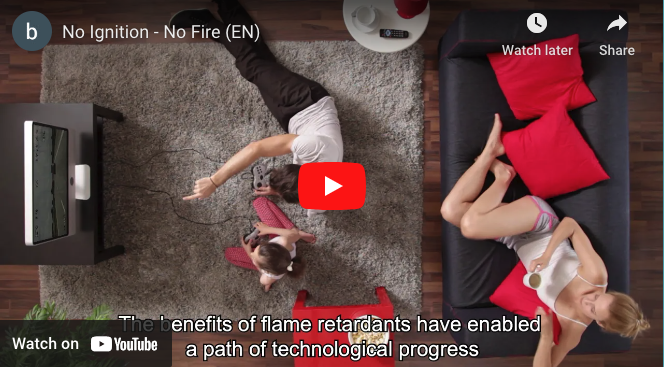Championing Fire Safety Through Innovation
NAFRA advocates for the essential role of flame retardants in saving lives, protecting properties, and enhancing fire safety in consumer and commercial products.

Why Flame Retardants Matter
Discover the life-saving impact of flame retardants and how they enhance safety in electronics, homes, and various industries.
Uses
Read more on the essential roles flame retardants play in enhancing safety across furniture, electronics, and transportation.
The Basics
Explore the crucial role of flame retardants in preventing fires, protecting lives, and ensuring safer environments.
Fire Safety
Learn how flame retardants enhance fire safety by preventing ignition and slowing the spread of fires, providing critical time for escape and emergency response.
Scientific Commitment
Understand NAFRA’s dedication to science-based safety regulations and transparency, ensuring the safe and effective use of flame retardant chemistries.
See Flame Retardants in Action
Watch our videos to learn more about the critical role of flame retardants in protecting lives and properties.
Flame Retardants Protect Our Most Vulnerable Populations
Flame retardants add an integral layer of protection for children, seniors, and their families by reducing the risk of fires or slowing their spread.

Children
Fire statistics show that children are more susceptible to injury or death from fire than the average person. Fires and burns have been found to be the third leading cause of unintentional death among children 14 and under.

Senior Citizens
Fire safety is also a critical issue for senior citizens. The relative risk of individuals age 65 or over dying in a fire was 2.7 times greater than that of the general population.

Low-Income Populations
Low-income populations are prone to fire injury or death due to substandard housing that may lack fire-safety measures such as working smoke alarms and fire extinguishers.

NAFRA represents the world’s leading producers of flame retardants, which are on the cutting edge of fire-safety chemistry and technology, and are dedicated to improving fire safety performance in a wide-range of products by promoting fire safety.




